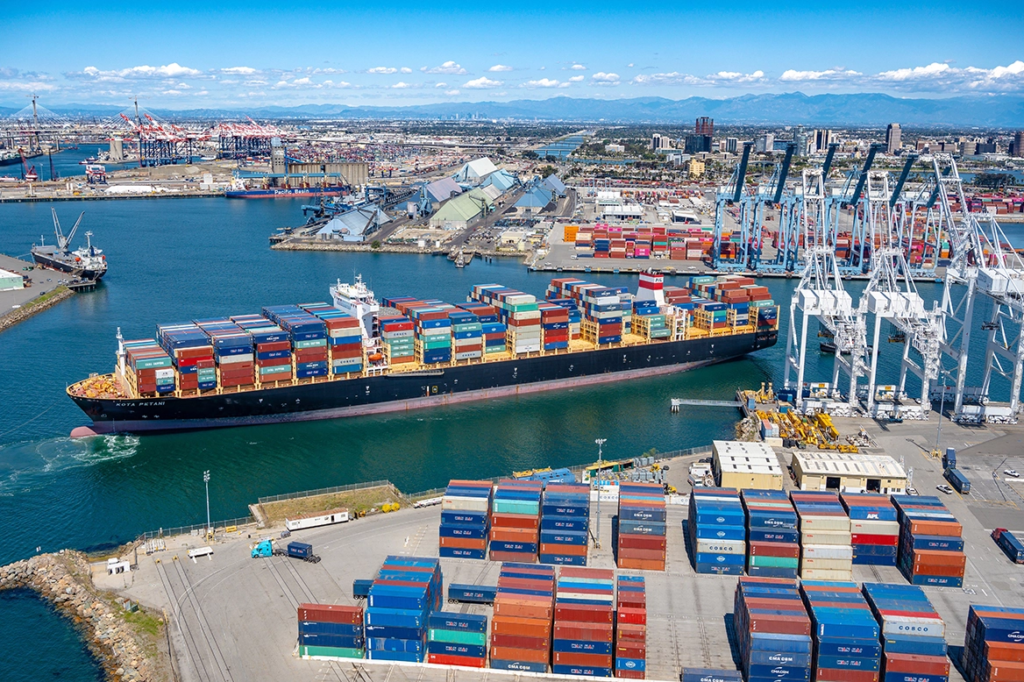The congestion in California continues to challenge the major US ports in Los Angeles and Long Beach, as demand surges and retailers pile up stock ahead of the holiday season.
The backup impacts the nation’s supply chain because one-third of all imported cargo shipped on ocean carriers is processed at San Pedro Bay, the Pacific Ocean entry point for Long Beach and the adjacent Port of Los Angeles, the nation’s busiest facility.
The two ports recently announced plans to expand hours to eventually move to a 24/7 operation by encouraging trucking companies and railroads to utilize the ports around the clock.
Improving efficiency is essential as both ports will see high single-digit or double-digit annual growth over the next 10 years. The forecast for 2021 is 20 million TEU containers, and there’s not another gateway in the U.S. that comes close to half that number for 2025, it’s 24 million, and if you look at the end of this decade, it’s 27 million.
The congestion issue is not limited to Pacific facilities. On Sept. 27, some 23 ships were waiting to be unloaded at the nation’s fourth-busiest facility, the Port of Savannah, Ga., and an official said that number is “above average.
There is excessive stress on the ports, and therefore indicating further congestion is expected in the coming months as we approach the holiday season in the latter part of the year.
Growth + Change = Opportunity!

